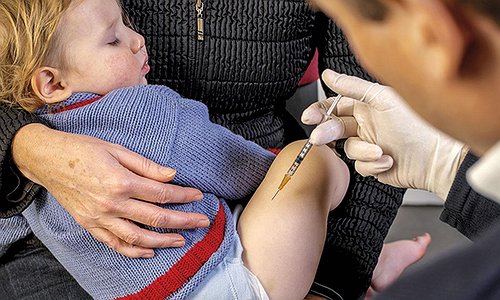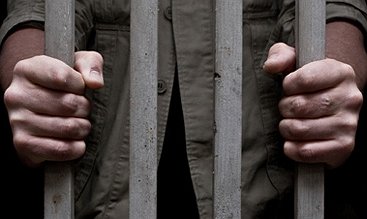What to do if your child gets burnt
Burns are a common cause of injury in children worldwide and they’re mostly inflicted by hot water, flames, hot surfaces, chemicals and electrical appliances. Clinix Health Group says having a basic burn kit in the house at all times can make a significant difference to the initial treatment of the wound.
Group Nursing Service Manager Bernadette Campbell says household burn kits are readily available and inexpensive. These should contain items like pain tablets, dressing pads, dressing gels, a thermometer, forceps and scissors, gauze, bandages, gloves and a thermal rescue blanket.
“Before treating a wound however, parents need to understand the varying degrees of burns so that they can know what medical action to take,” Campbell says.
These are the types of burns which can be suffered:
First degree: Affects the outer layer of skin, causing redness, swelling and some pain.
Second degree: Affects the first and second layers of skin, causing bright redness, swelling, blistering and a significant amount of pain.
Third degree: Affects all layers of the skin and underlying tissue, causing a wound that looks charred, black, white, leathery or waxy. There may only be a little bit of pain because the nerves on the skin are damaged.
“The first step in treating any of the above wounds is to separate the child from the source of the burn immediately. If any part of the child is on fire, wrap them in a blanket, coat or even your own body and, if possible, roll the child on the ground to extinguish the flames,” Campbell says.
Here are Clinix Health Group’s Dos and Don’ts for burn wounds:
First and small second degree burns:
• Remove clothing from the injured area.
• In the event of a chemical burn, rinse the area with water for several minutes before removing any clothing.
• Run cool water over the burn for about five minutes then apply a clean, cool wet cloth to the burn area
(keep re-wetting the cloth to keep it cool).
• Gently pat the area dry and cover it loosely with a non-stick sterile gauze to protect the skin.
• Give the child a pain relieving medication, appropriate for their age.
• Look out for signs of infection – redness, fever, swelling or oozing. If these occur, consult your doctor immediately.
Large second-degree and any size third-degree burns:
• Only remove clothing if it isn’t sticking to the wound.
• Lay the child flat and apply a cool wet cloth for about 20 minutes. Don’t put the child into a cold bath to immerse the wounds as this can cause shock.
• Gently pat the area dry and cover it loosely with a non-stick sterile gauze to protect the skin.
• Contact your doctor and give details on the type of burn sustained.
Dont's for all burn wounds:
• Don't apply ice, butter or powder to the wound because this could aggravate it.
• Don't break blisters because this makes the wound susceptible to infection.
“Recognising and administering treatment to a burn wound as soon as possible after it’s happened can aid the healing process tremendously. Always call for emergency medical advice or assistance if you’re unsure of the severity of the burn and especially if it is a severe chemical or electrical burn,” Campbell concludes.
Compiled on behalf of Clinix Health Group by Jacqui Rorke / Cathy Findley PR
Image URL



